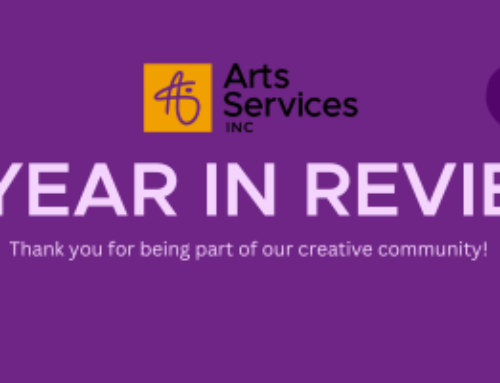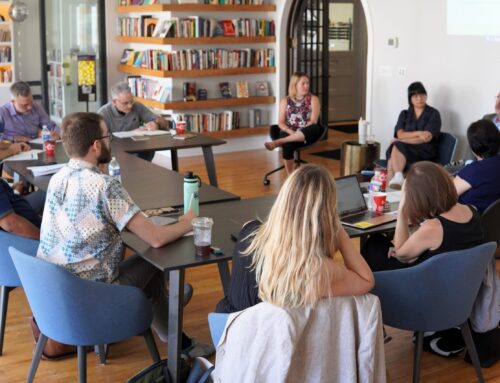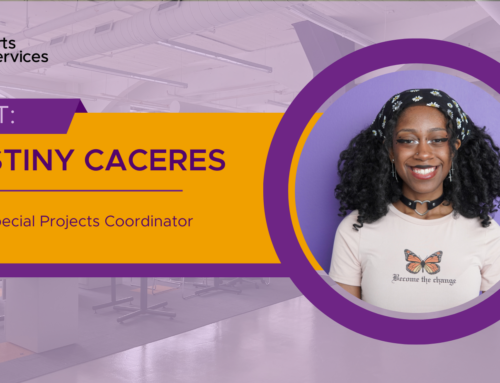Like many others in our community, we’ve spent January reflecting on 2019 and creating resolutions for 2020. Last year, we noticed a trend in questions about what it means to promote a culture of diversity, inclusion, equity, and accessibility in the nonprofit sector and beyond, so we’ve decided to dedicate our vision for the new year to igniting conversations on these topics and how they come into play within Western New York arts and culture.
In today’s environment, arts and culture leaders must make strides toward ensuring that the arts are accessible to all members of their communities. Navigating complex and sensitive discussions regarding accessibility and equity can be extremely complicated, but we are committed to fostering those conversations and introducing creative ideas for organizations of all sizes and capacities to strengthen their efforts.
“ASI’s unique placement as the central hub for Western New York arts and culture allows us to start and sustain these discussions,” Executive Director Jen Swan said. “As we explore these challenges in our own programming, we will be offering more resources and learning opportunities to the sector that focus on accessibility and equity.”
ASI’s previous commitment to accessibility in Western New York largely centers on Arts Access, a program that provides low-income individuals and their families with the opportunity to experience the arts. Arts Access partners with local theaters, galleries, and other cultural institutions to offer free or low-cost admission to events, as well as transportation to and from those events.
Going into the new year, we’re expanding our accessibility efforts beyond Arts Access. Questions we encourage our neighbors to explore alongside us this year:
- Who has access to my organization?
- How might any of the following factors prevent members of my community from participating in my organization?
- Physical disabilities and mobility challenges
- Hearing, speech, and sight impairments
- Intellectual disabilities
- Mental health conditions
- Access to transportation
- Class and socioeconomic levels
- Differences in language, religion, and/or cultural backgrounds
- Race, color, and/or national origin
- Gender identity and expression
- Sexual orientation
- Age
- And more
- What efforts do we make to welcome new audiences?
- What efforts can we make to welcome new audiences?
What do accessibility and equity mean to you? How can organizations become more inclusive? Let us know at [email protected].




